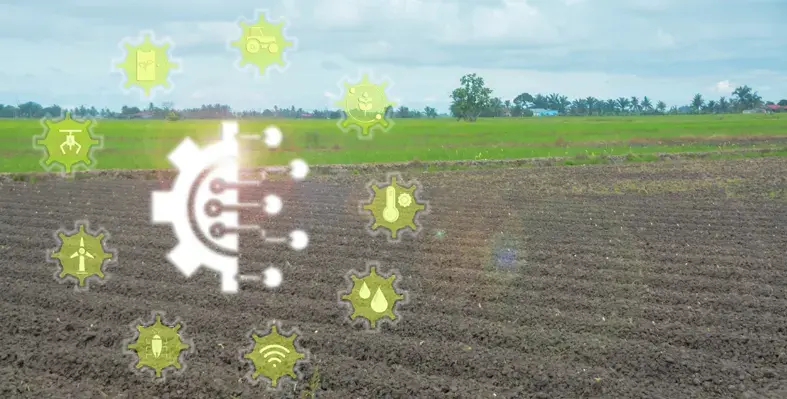As harsh weather conditions continue to hamper food security strategies globally, a postgraduate researcher at the University of Leicester aims at getting more farmers in Kenya to harness the insights of Earth Observation (EO) technologies
Extreme weather events have led to reduced agricultural yields, especially for those in Sub-Saharan Africa that largely depend on rain-fed agriculture.
A PhD project at University of Leicester focuses on exploring how EO technologies such as remote sensing, satellite monitoring and land surface models for weather predictions and soil moisture assessments can equip farmers with the necessary data to make informed agricultural decisions.
One of the project's key components is the development of a mobile application that provides farmers with real-time weather data, which empowers them to plan their agricultural activities with greater accuracy.
“Earth Observation technologies provide a strategic solution to enhance better farming practices but require better strategies for communicating with farmers to allay any ethical and environmental fears and improve their adoption,” said Fiona Imbali, PhD student in the University of Leicester School of Geography, Geology, and Environment. “The Intergovernmental Panel on Climate Change (IPCC) highlights the importance of working with local communities and respecting their indigenous knowledge for climate governance and this research will be working with indigenous farming communities to develop participatory science communication strategies for the adoption of EO technologies.”
In addition, she also emphasised how the disregarding women’s challenges would also hamper technology adoption. “This study will engage communities from the onset of the research to understand their challenges, priorities, as well as their socio-cultural perspectives and more so for the women who have always been considered as a homogenous group in order to develop participatory, inclusive communication approaches,” Imbali added.








